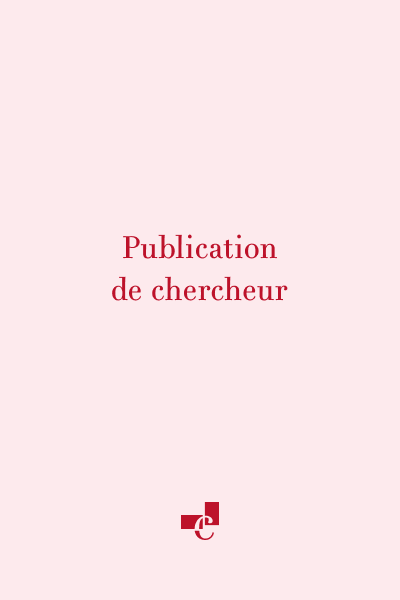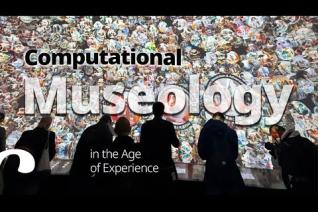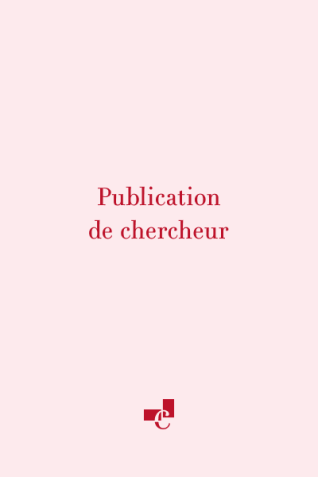- Congrès : Digital Humanities 2022 (2022-07-25 - 2022-07-29)
- Directeur(s) : DH2022 Local Organizing Committee
- Pages : 160-165
Résumé
In this paper, we wish to show approaches in handling diversity in larger collections of training data for text acquisition pipelines, specifically handwritten text recognition for medieval manuscripts in Latin and French. Present throughout medieval Europe, Latin is one, if not the most used written language of the time on this continent, while French has known from a relatively early date (around the 12th century judging from preserved manuscripts) a vernacular production that soon became one of the most prominent of Western Europe, influencing the written culture of its neighbours from its central position. Combined, they provide a case study whose diversity and general scope could, we hope, allow to provide results with broader applicability, even beyond medieval Western manuscripts. Heterogeneity or diversity in the collections can result from intrinsic features (e.g. linguistic, palaeographic, diachronic variation in the sources), but also from extrinsic features (aim and provenance of transcriptions, idiosyncrasies of transcribers…). We propose to approach both types of diversity by reusing several open data sets from various research projects in diverse fields and involving many collaborators. We add a double focus, linguistic (Latin vs. French manuscripts) and graphic (abbreviated vs. normalised transcriptions). We hope to be able to overcome, to some extent, the issue of linguistic diversity and propose a common, modular pipeline for different languages, related but different in their inner structure and declension mechanisms. In this attempt, we strive to answer more specifically the following questions: (a) To what extent can we (and should we) mutualise HTR training material between preexisting datasets and even related languages? (and is it worth the effort?); (b) Are approaches that decompose image to text prediction and further linguistic normalisations (abbreviation expansion for instance) better performing for that goal than straightforward “image to normalised text” approaches?
Disciplines
Partager sur les réseaux sociaux
À découvrir
Découvrez d'autres productions de l'École sur les mêmes thématiques.



